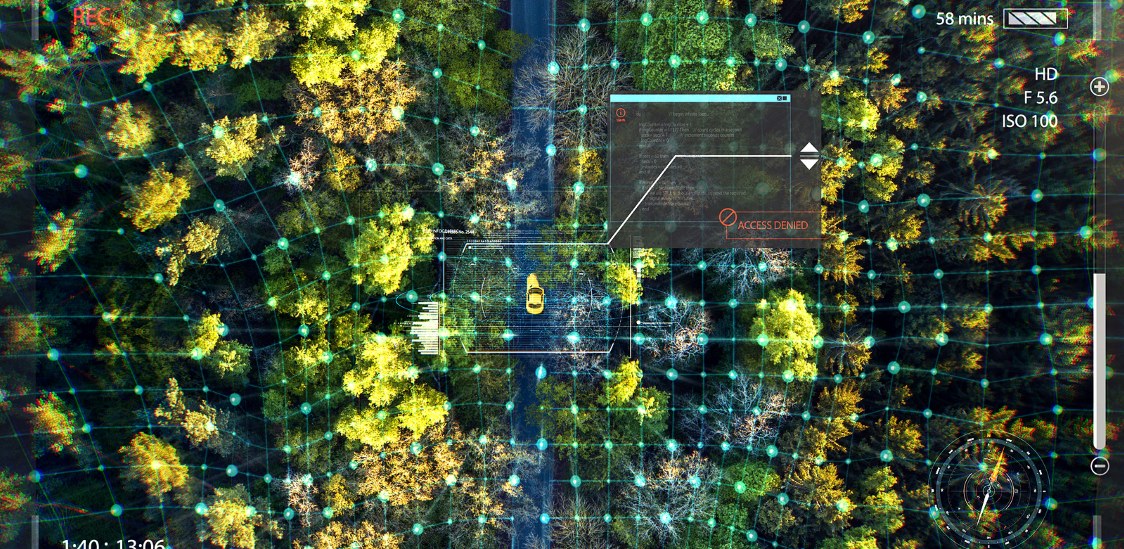It’s nearly impossible to go about your day without being impacted in some way by connected technology. From workspaces like pharmaceutical labs to the local coffee shop you visit on the way to work and even in the hotels you visit on vacation. Internet of Things (IoT) solutions are working hard in all these places – behind the scenes – and doing a lot of good.
Whether that “good” comes in the form of helping a business avoid disruption by monitoring for water leaks, ensuring refrigerated foods are maintained at the right temperatures to promote the highest levels of food safety, or that the beds in hotels across the world are bedbug-free – IoT is making a positive impact. Each year, the IoT community comes together to celebrate World IoT Day. This year’s IoT Day theme of “AI/IoT for Good” is an excellent opportunity to discuss the good we’re seeing IoT make possible today.
While business results are usually measured in the form of return on investment (ROI), these solutions and the devices and platforms that connect them also make a difference in the lives of end users. For businesses, a lot of the “good” of IoT solutions comes from the data they collect, which can be analyzed and turned into actionable insights that drive decisions that positively impact their day-to-day, their end customers and guests, and their bottom line.
On this IoT Day, let’s explore four use cases where IoT is not only being used for operational efficiencies, but also making a difference in people’s lives:
Bedbug Detection - Just last year, Paris battled a widespread bedbug infestation. The situation made global headlines and is not isolated to the European city. According to reports, bedbugs cost U.S. hotel brands $111,000 annually and €63,000 in Europe. Additionally, the costs do not include the damage to customer satisfaction and brand reputation, which often costs hoteliers more in the form of lost business.
What hotels may not know is that IoT can help. Proactive, real-time detection capabilities are paramount for early bedbug detection and are proving to be better alternatives to traditional bedbug management strategies used at hotels today. One of the primary reasons, according to research, is it typically takes seven weeks to discover an infestation. With modern IoT solutions, some which pair AI with IoT sensors, hoteliers can combat bedbugs using wireless devices discreetly placed underneath mattresses, delivering continuous, 24/7 monitoring and real-time alerts for swift remediation. By enabling early detection and intervention, IoT can help hoteliers avoid widespread infestation, disruptions to hotel operations, and irreparable reputational harm.
Food Safety – For food service operators, delighting customers is equally important as ensuring their safety and satisfaction. The World Health Organization reports that one in ten people worldwide fall ill from contaminated food yearly. Therefore, maintaining food safety and compliance is a must for restaurant operations. One notable area of importance is ensuring that the temperatures of cold and hot storage areas are maintained at specific levels since they directly affect the shelf life, preservation, and consumption of perishables served to customers. Considering that operators keep an average food inventory valued at $10,000 in their refrigerators, preventing spoilage or loss from temperature deviance becomes even more vital to restaurant operations.
Historically, temperature data would be logged manually throughout the day, tying up resources and introducing the risk of operator error. Employing IoT-enabled temperature sensors in food service areas automates the monitoring and logging of temperatures, while allowing operators to remotely monitor refrigerator and freezer conditions throughout multiple locations – all in real-time. Ultimately, by decreasing the mundane tasks needed for back-of-house (BOH) operations, IoT solutions enable staff to focus on higher-value priorities, such as ensuring customers satisfaction, serving more customers, and increasing food sales.
Asset Tracking – Many enterprises across various industries have asset-intensive operations. Knowing the exact location of equipment and inventory is vital for minimizing project delays and reducing wasted time looking for assets. Take a lab environment for example. Scientists rely on a myriad assortment of complex devices and machines and being able to locate them in real time is a massive time saver. And less time spent searching for these assets means more time in the lab creating new drugs for societal benefits.
While locating equipment seems like a simple task, it’s a problem that life sciences organizations face regularly, with far-reaching implications. With IoT-powered asset management solutions, lab managers can better streamline their management practices by obtaining rich data that ensures resources are more readily available for scientists, enhancing utilization rates and maximizing time spent on science. Plus, the data can illustrate asset utilization and location, which can be tied back to service records and leveraged to optimize the methods used to maintain their equipment and lab space.
Leak Detection – Commercial buildings like hotels, for example, are more vulnerable than others to experiencing leaks due to the numerous points of failure throughout the facility. Considering that reports indicate that even an 1/8-inch pipe crack can leak up to 250 gallons of water per day, hoteliers expose themselves to significant damage, business disruption, and downtime. Not to mention the repair costs and insurance claims that could follow. The key to avoiding these issues is early detection.
There are IoT solutions designed to detect water leaks before they become a major headache, providing a better alternative to the limitations of conventional leak detection methods. Flow valves, for example, may not be the most economical option to install given the large number of fixtures needed to outfit an entire building for comprehensive coverage. Another method involving manual and/or visual inspections involves labor-intensive, high-priced services that can be unreliable due to the clandestine nature of leaks. With IoT sensors, facilities managers can identify unwanted water events and send real-time alerts with the leak’s location, enabling a quick response.
IoT for good
With the continued advancement in IoT devices and networks and the application of AI to the data collected, IoT solutions have the potential to drive positive change across many industries and applications. While four are highlighted in this article, these examples merely scratch the surface of the transformative power of IoT from innovative companies - large and small. Enterprises that strategically prioritize scalable IoT solutions stand to unlock enhanced return on investment, amplifying the positive impact of their initiatives.
IoT is doing good around the world, and we’re excited to see new uses of this technology leveraged to make an even greater impact moving forward.






















